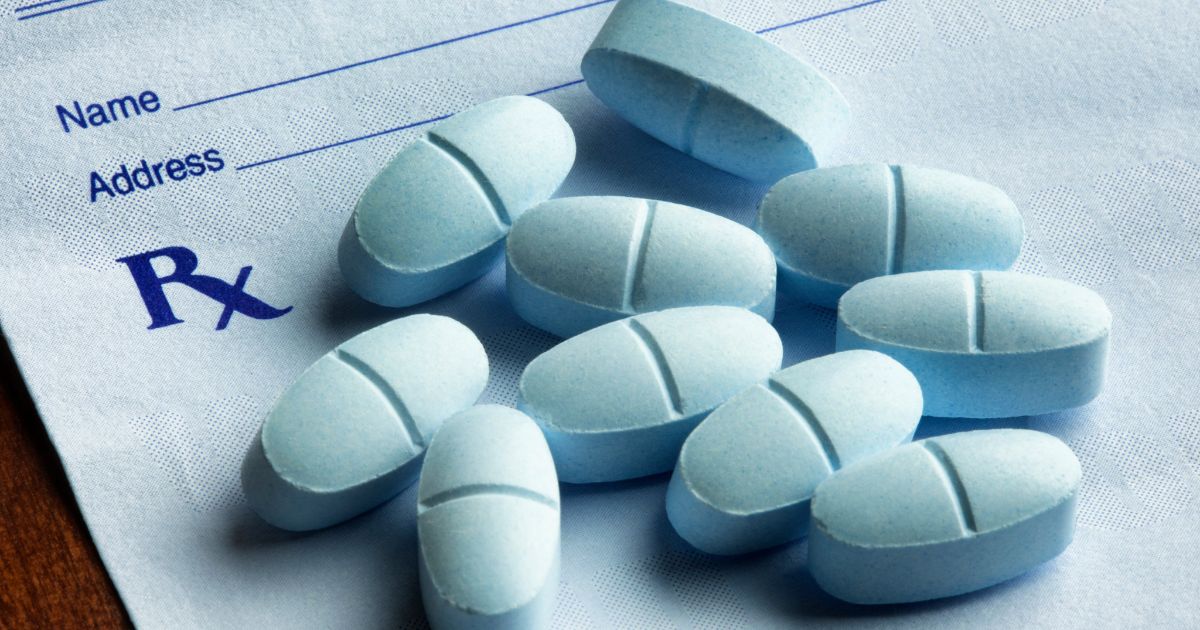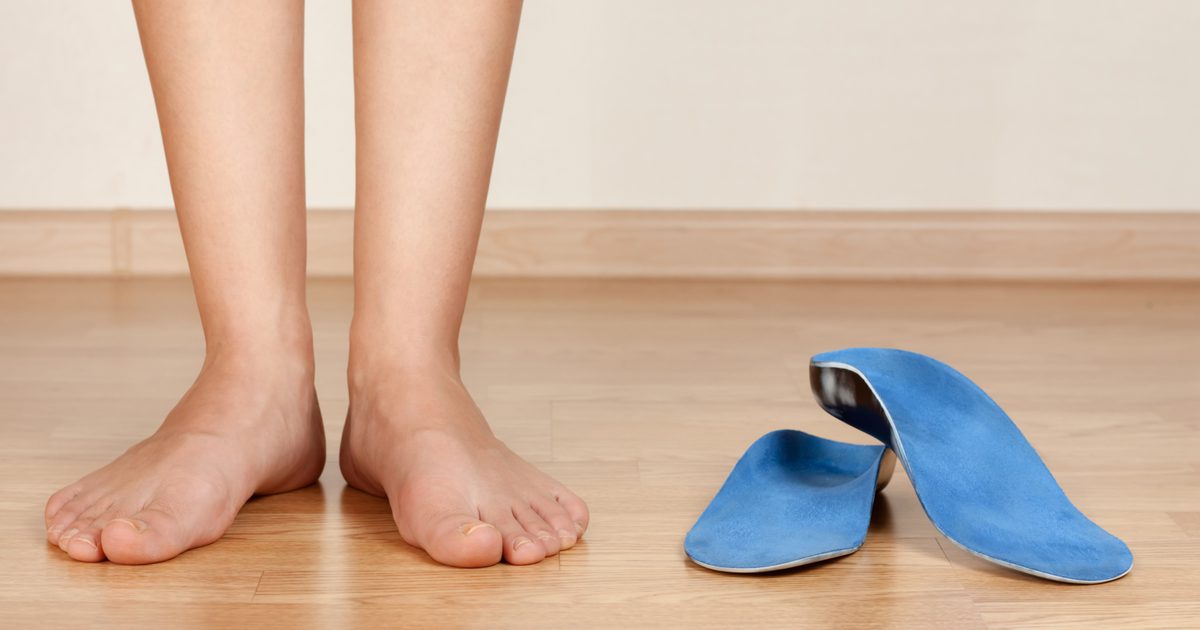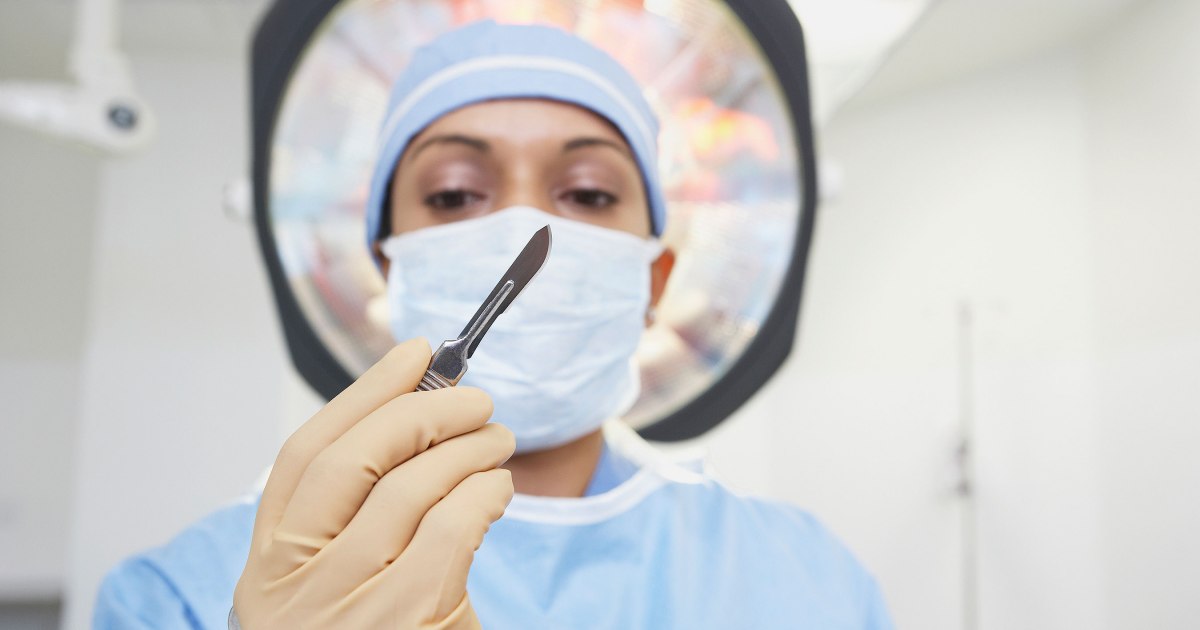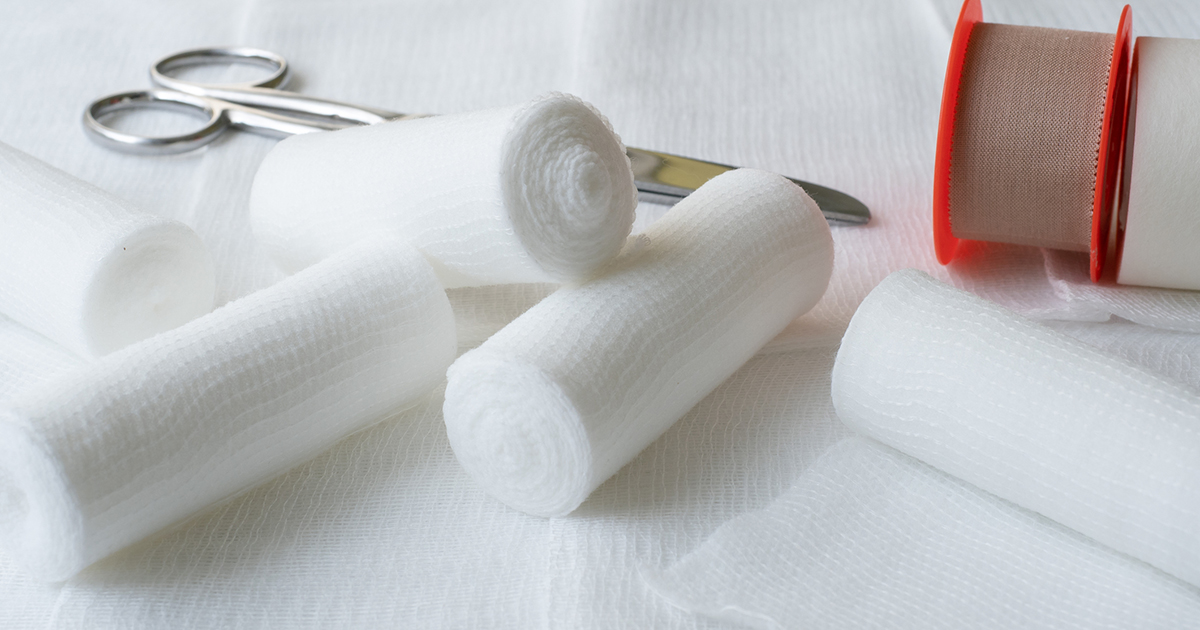How To Treat Corns And Calluses
Calluses and corns are caused by repetitive motion and friction. Calluses present as hard, thickened skin layers that can be flaky and dry. Corns are rounded with a hard center, and pain is often felt under the skin. Both can develop on the hands, fingers, feet, and toes. Calluses are rarely painful, but corns are usually painful to the touch. They develop by wearing improperly fitted shoes, not wearing socks, and from repetitive motion as seen with writing, tool use, and with playing instruments. There are many ways to avoid getting corns and calluses including eliminating the friction causing them. Get reading now to learn about more treatment methods.
Callus Medication

There are many over-the-counter remedies for corns and calluses, most of which contain a small amount of salicylic acid, a beta-hydroxy acid. Salicylic acid is keratolytic, which means it has skin-peeling properties. Essentially, this burns away the hardened, outer layers to reveal softer layers of skin underneath. Prescription callus medication has a higher concentration of salicylic acid, or it uses other keratolytic agents like urea, glycolic acid, malic acid, or lactic acid. It is important to note diabetes patients must use extreme caution with any over-the-counter callus medications. Due to decreased blood flow to the feet, nerve damage, and numbness, these acids can cause ulcers to develop before being felt by a patient with diabetes.
Learn more about treating corns and calluses now.
Orthotic Inserts

Orthotic inserts reduce the friction that causes corns and calluses to develop. Since corns and calluses develop from improperly fitting shoes, wearing orthotics can help keep the feet stay secure in shoes. Overpronating is another cause of friction that can be fixed with orthotic inserts. There are quite a few different inserts to use inside the shoes. Arch supporting insoles will help correct pronation as well as keep the arch from falling. Both are ways to prevent developing corns or calluses. There are also toe caps, which cover individual toes. These are usually made of silicon, and they prevent toes from rubbing against each other or the shoes. There are also toe separators, toe straighteners, and toe corrector devices designed to relieve the pressure and friction that cause corns and calluses.
Keep reading for another method of treating corns and calluses.
Surgery

When calluses and corns do not respond to treatment or if they are developing due to a foot deformity, surgery may be necessary. A podiatrist performs the procedure to remove a corn or callus. It is important to note calluses from foot or toe bone deformities are likely to come back. In these cases, if surgery is considered, it should focus on correcting the deformity rather than removing the callus or corn. Screws or pins can be inserted into the metatarsal bones to correct any deformity that causes calluses and corns. Other surgical options include removing extra bones or shaving of abnormally shaped bones or spurs. Recovery can take up to eight weeks.
Discover the next strategy for treating corns and calluses by reading more now.
Trim Excess Skin

Doctors can trim excess skin that develops with a callus or corn. This hard, dead skin can be removed to reveal softer, healthier skin layers. It is important for patients to see a doctor to have this completed, as infection is a risk associated with removing skin layers. A doctor will use a scalpel or other shearing device to slowly remove layers of skin. Sometimes a local anesthetic is used so patients remain comfortable during the procedure. This can provide permanent relief from calluses and corns only if the cause of them is eliminated. It will be a temporary fix if a condition like bone deformities are causing the calluses and corns.
Reveal more treatments for corns and calluses now.
Corn or Callus Pads

Corn or callus pads help in two major ways. First, they shield the corn or callus from further friction and irritation. Second, they usually contain a low concentration of salicylic acid or urea to help burn away the dead layers of skin. These pads come in different shapes and sizes designed to prevent the feet and toes from rubbing against the shoes. Callus pads typically cover the entire callus while corn pads have a small round opening. This opening reduces pain that would be caused by covering the corn completely. Corn or callus pads in conjunction with callus and corn medication offer the most complete treatment for this condition.
